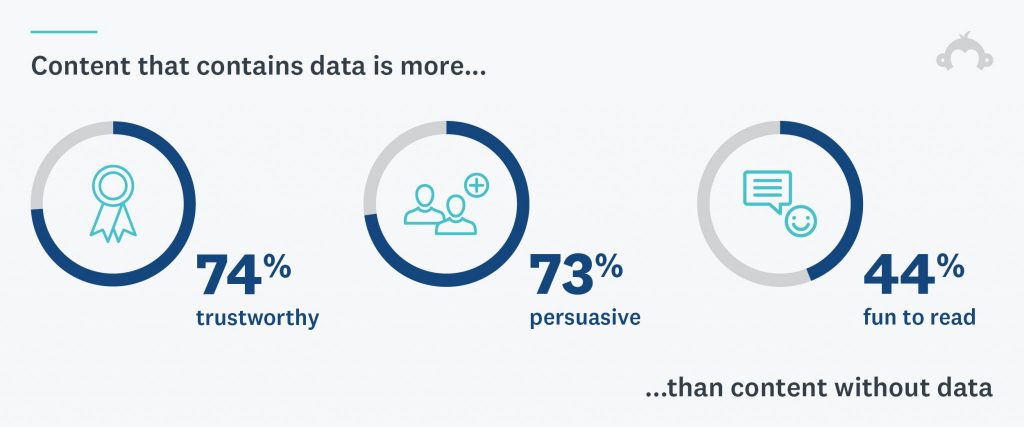Curated by the Knowledge Team of ICS Career GPS
Education

Children need digital media literacy to match the rise of social networks: Experts
This report by The Canadian Press was first published Dec. 11, 2020. Excerpts taken from ctvnews.ca
Up-to-date media literacy education is essential for children to help them navigate what’s real and what’s fake or misleading online, experts say.
The rise of social media has led to the proliferation of misinformation and disinformation, which is spread intentionally, said Dr. Ghayda Hassan, a clinical psychologist and the director of the Canadian Practitioners Network for the Prevention of Radicalisation and Extremist Violence.
“Because of the speed of access to information, cognitively, people do not have time to process and to validate the kind of information they receive, so there are a lot of biases that interfere,” said Hassan, who is also a UNESCO co-chair for the prevention of radicalisation.
“The fact that information on social media is often propagated by individuals that we may like, that we may trust or that we may directly know, gives them more credibility,” she said in an interview.
Covid-19 stoking fear
The Covid-19 pandemic is stoking fear and fuelling social and economic instability, creating conditions, which intensify conspiratorial thinking, she said, adding she’s concerned that young people are particularly vulnerable.
Hassan is calling for stronger standards for how social media companies manage content on their platforms.
A strong strategy and mandatory curricula covering digital media literacy in schools is the need of the hour. “It has to become obligatory material, just as you teach math to kids.”
Matthew Johnson, the director of education for the Ottawa-based non-profit MediaSmarts, said the model today was of a network that was functionally infinite. “In theory, anybody on YouTube can have as large an audience as a TV news network or a world leader,” he said.
Tools and signals that may have worked on stories from traditional print and broadcast media in the past, such as bylines or photo credits, may not be as useful for authenticating information on social media.
Some of those signals or markers of reliability, such as a professional-looking website, may even be counterproductive, say experts.
“The people who intentionally spread misinformation or disinformation know that we look at that, and so they will put a lot of effort into making something that looks good,” Johnson warned.
Authenticate ‘news’, use fact-checking tools
Parents, teachers and students need to authenticate information, using fact-checking tools. They should try and find as well as verify the original sources. This helps them get to the veracity and intent of a story.
“Fake news, as it gets better, starts to better mimic journalism. So, really, what it comes down to now is critical thinking,” said Joyce Grant, who began delivering in-class media literacy workshops around a decade ago. Grant is a freelance journalist and the co-founder of TeachingKidsNews.com.
Career

5 expert tips on powering your content marketing with research
Excerpts from article by Morgan Molnar, published in surveymonkey.com
Launching content research that offers eye-opening insights is within the reach of every marketer. Surveys are a fast, easy way to launch your own market research, and collect data that will help you create a content strategy that is unique, topical, and engaging.
Choose a topic you want to affiliate with your company, create a survey around that topic, and the data you collect will instantly give your content weight, credibility, and reach.
Here are 5 steps for creating successful content using market research:
1. Establish a goal for your research
Start your research by identifying your goals and creating content that will help you reach them. Then use research to help your content stand out. Here are some goals to consider:
- Generate media coverage
- Elevate brand or company awareness
- Drive traffic to your website
- Generate leads or demand
If your goal is to elevate media coverage, your research might dive into a thought leadership topic for a broad audience. Use the data you collect to create an opinion piece.
If lead generation is your goal, consider a high-value report filled with stats that can be gated on your website. Use the individual stats in ads to promote the report via paid or organic social.
2. Choose a topic that supports your goal
Research allows you to:
- Expand the sphere of topics into peripheral areas tied to your business goals.
- It gives you creative ways to hook your audience with a stat or insight.
- Busting myths or digging into unknown areas is also a great place to start.
At SurveyMonkey, we know that HR teams are big users of surveys as a way to tap into the employee experience. A few months ago, the term “microaggression” was getting a lot of attention, but also carried a lot of ambiguity. So, we launched a study to better understand how people felt about microaggressions and what they wanted HR to do about it.
We uncovered some surprising findings such as 60% of people had witnessed a microaggression, yet only 40% wanted HR to get involved.
3. Use the right questions in your survey
The best surveys uncover insights that are surprising, thought-provoking, or answer a clear question. Creating questions that will deliver this result is the key to launching effective research.
Let’s say you’re planning to write an article exploring a particular idea or theme, like innovation in the workplace. Your thesis might be that companies that foster innovation are more successful. The kind of insights you might hope to uncover could include:
- How is innovation defined?
- How much do companies value innovation?
- What are the perceived results of innovation?
- Do customers care about innovation?
While your thesis will be your survey’s main takeaway, the rest of your survey questions will provide data that supports (or refutes) your thinking, and possibly uncovers some even more interesting insights.
The type of questions you ask can also contribute to the kind of data you collect. Here’s a list of a few question types to consider:
- Multiple choice questions are likely to provide a lot of information that’s easy-to-answer and analyze. You’ll get structured responses that are more likely to give you crisper results.
- Scaled questions allow respondents to choose from a range of options, and helps to uncover feelings or sentiment around a topic.
- Polarising questions are designed to deliver strong stats through just a few options, which people are likely to strongly agree or disagree with.
- Open-ended questions allow people to write in a response, can often uncover some very interesting points of view and quotable mentions.
4. Target the right audience
Tapping into the right people to take your survey can be a challenge, especially if you’re launching B2B research. Many marketers will curate their own list of respondents from social media channels, like LinkedIn or Twitter. However, if you send your survey to your own list, there will likely be a bias in your respondents.
Online panels can be a huge boost to your research. An online survey panel gives you access to qualified survey respondents from around the world, and the ability to choose your exact target audience based on demographics, employment status, job title, and more.
How many people do you need to reach? Our research shows that 66% of people say 1,000 is the lowest sample size they would trust in content that cites survey research and data.
What’s possibly more important than sample size, is balancing your respondents to make sure your survey isn’t skewed to a particular demographic.
5. Get the most value
The unfortunate truth is that the best content doesn’t always win. Sometimes the best-promoted content wins. That’s why it’s important to have a plan for your content research and ensure you’re getting as much visibility as possible for your efforts.
One trick to improve the visibility for your content is to SEO optimize it for key phrases. That way if a journalist, influencer or blogger is looking for specific content, your research may pop up when they are looking for stats. And if your research is original, they will link to it, include it in their social shares, and even use your graphs or images.
Another strategy is to create multiple types of content around your research. From blog posts to infographics or webinars; each type of content can attract a different audience and help you reach your goals.
(Disclaimer: The opinions expressed in the article mentioned above are those of the author(s). They do not purport to reflect the opinions or views of ICS Career GPS or its staff.)



